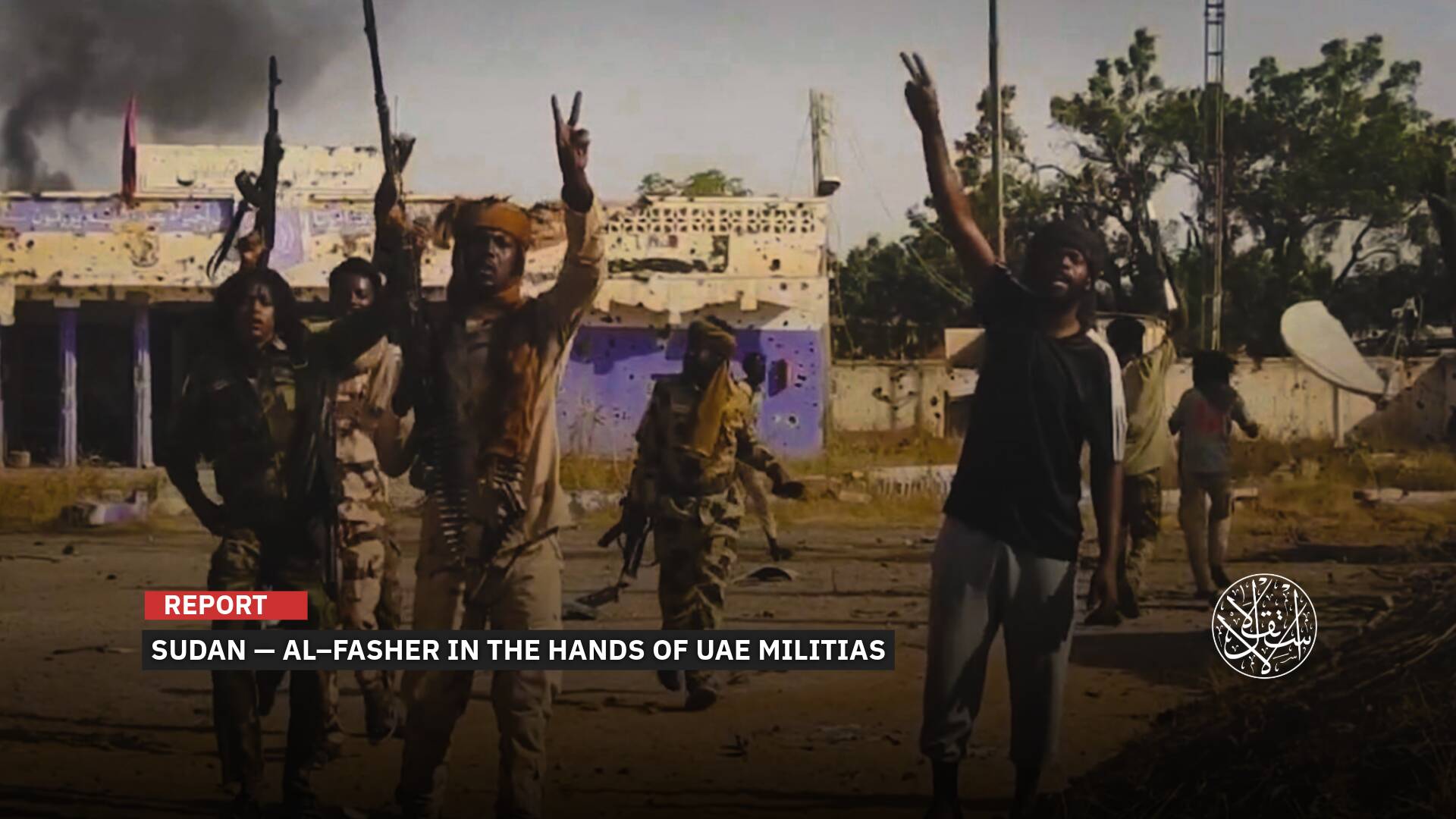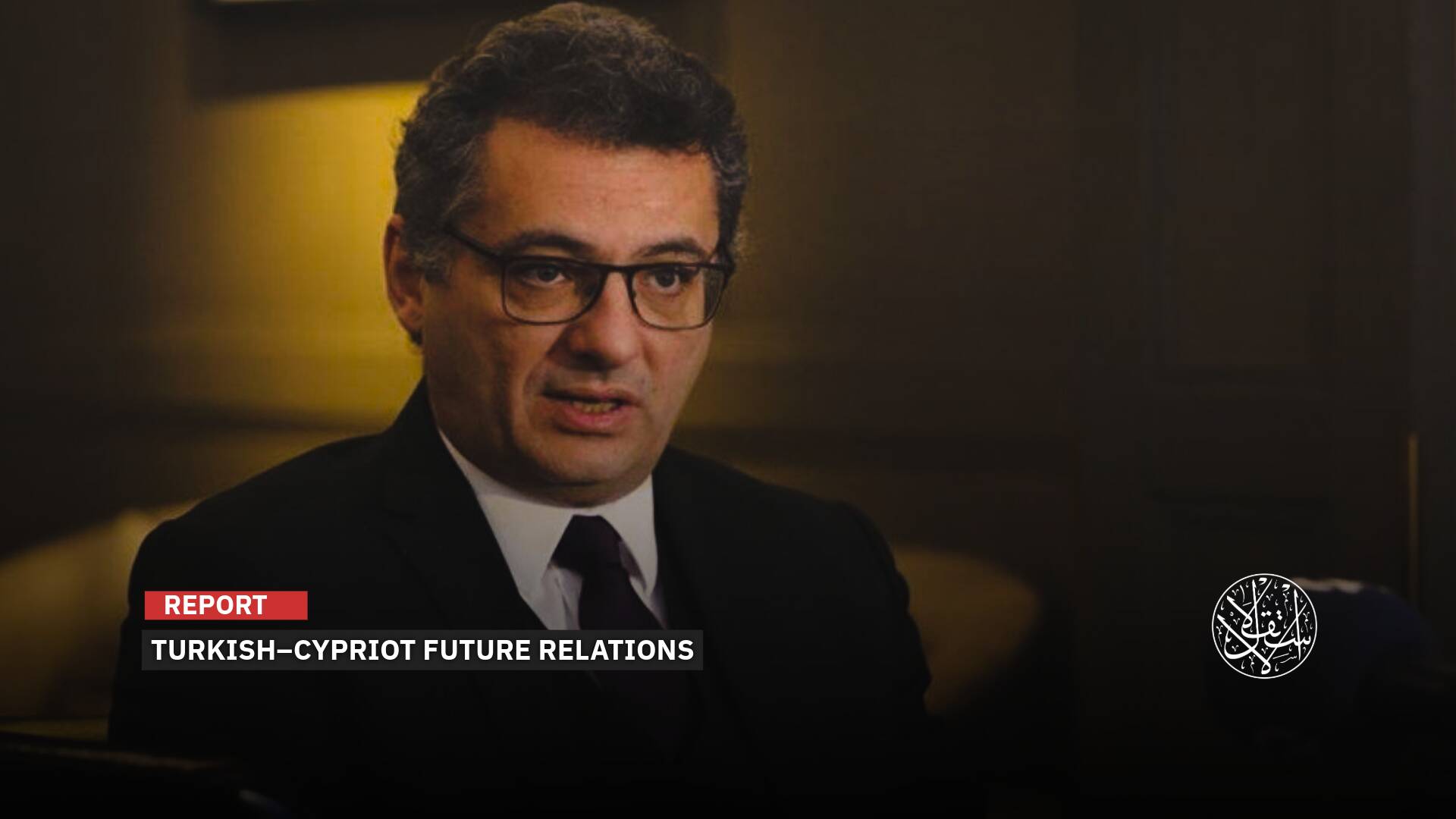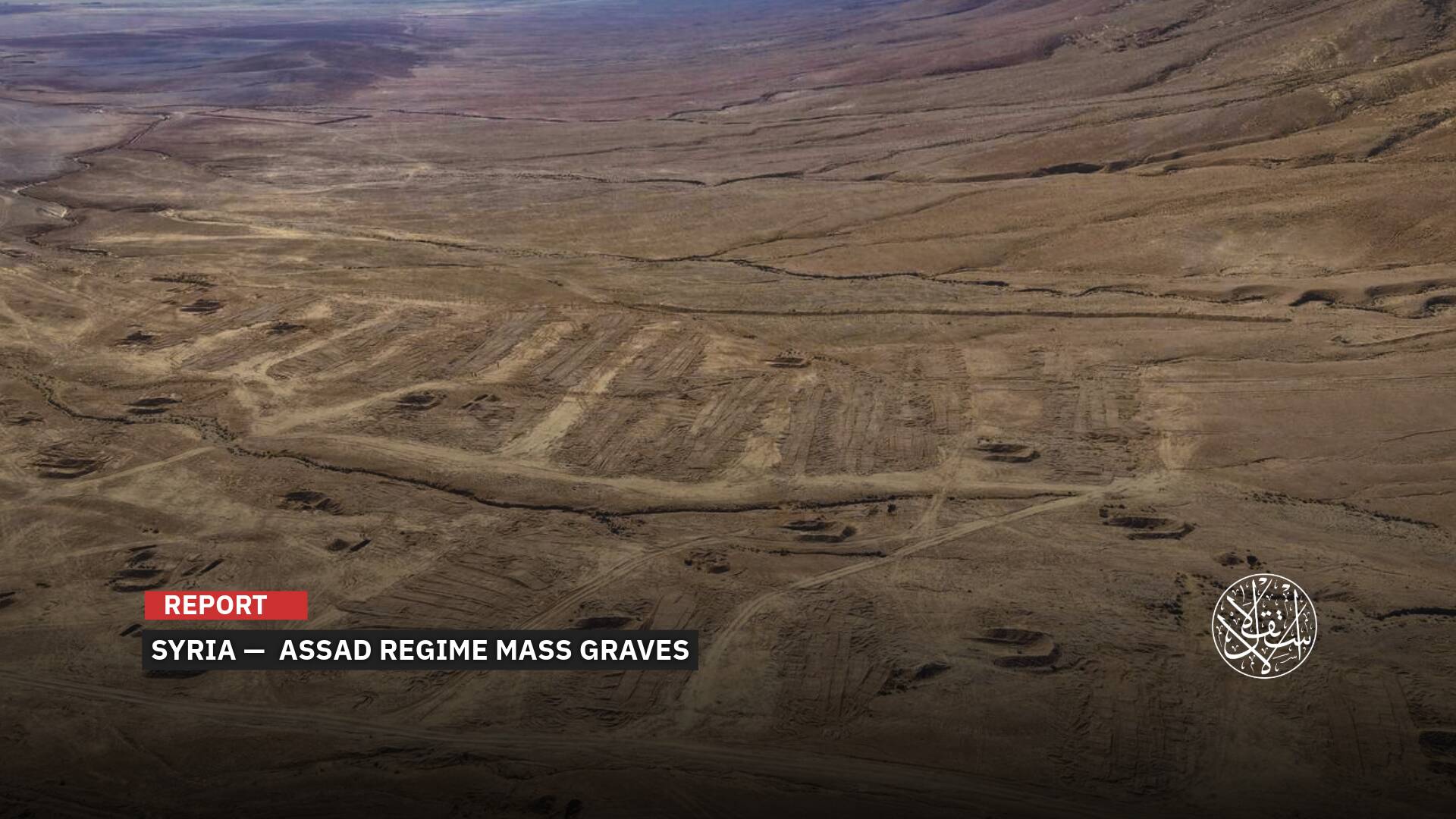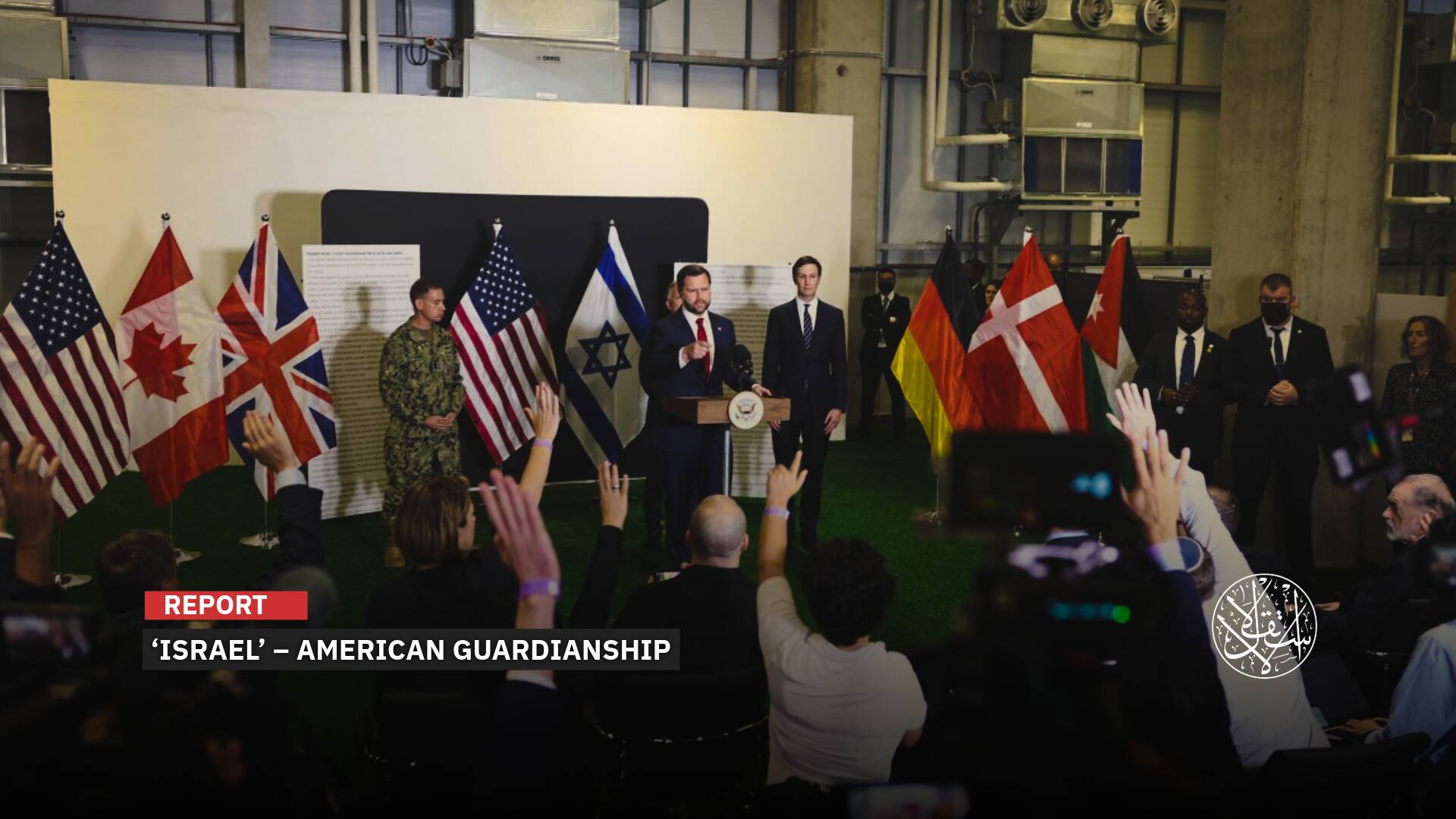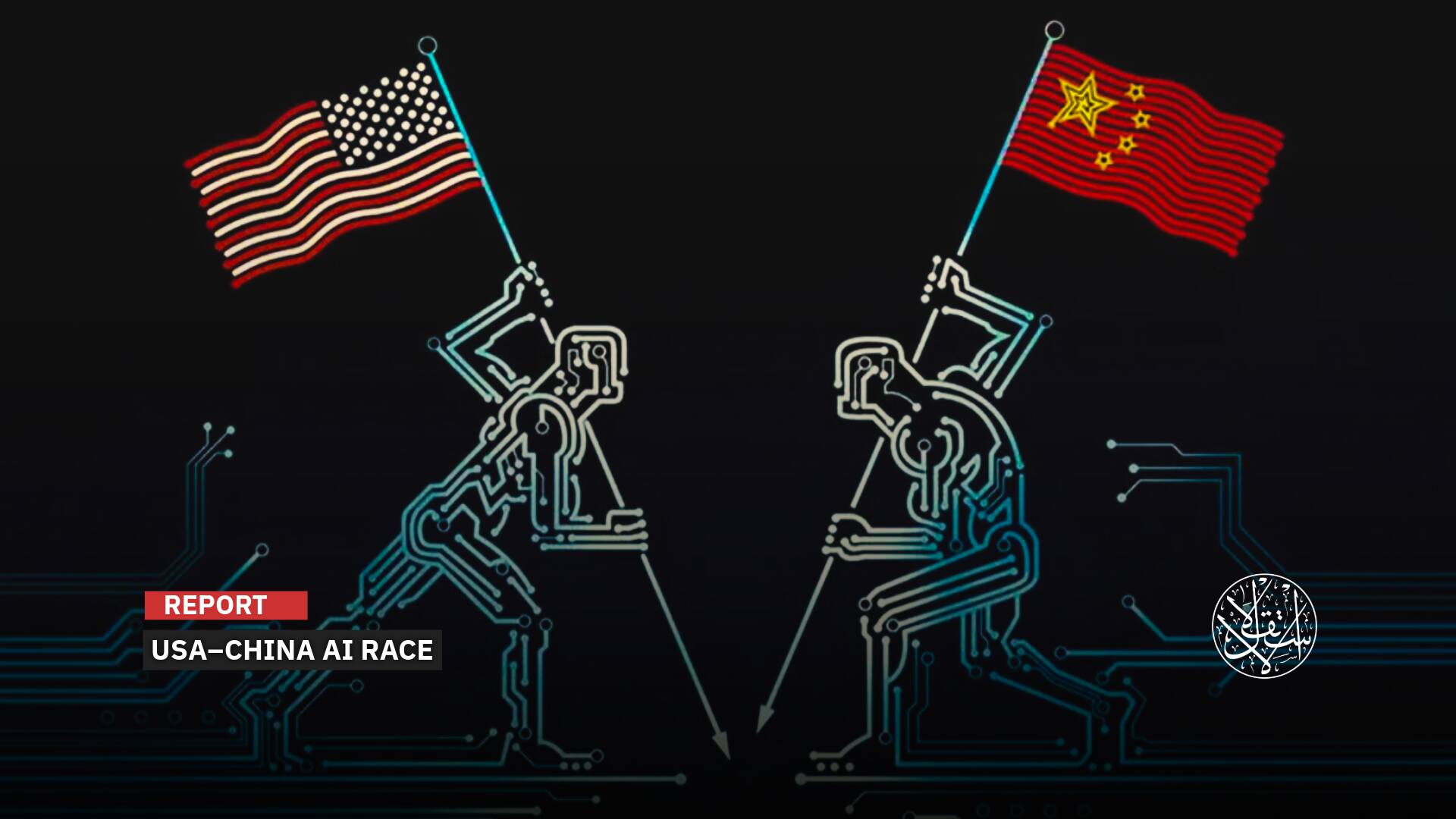How Will Abrams and Leopard Tanks Change the Shape of the Russian War in Ukraine?

While the Ukrainian–Russian battles intensified in the Donbas, separating the two countries, Washington and Berlin gave the green light to supply Kyiv with American Abrams tanks and advanced German Leopard combat tanks for the first time since the Russian invasion on February 24, 2022.
This step, announced on January 25, 2023, gave the Ukrainians great hope to repel the continuous attacks led by Russian Wagner mercenaries in eastern Ukraine, given the offensive and defensive force these tanks represent.
Ukrainian President Volodymyr Zelensky welcomed Joe Biden’s decision to supply Kyiv with Abrams tanks, considering this acquisition as “an important step to achieving final victory.”
Thank you @POTUS for another powerful decision to provide Abrams to . Grateful to people for leadership support! It's an important step on the path to victory. Today the free world is united as never before for a common goal – liberation of . We're moving forward
— Володимир Зеленський (@ZelenskyyUa) January 25, 2023
Clear Change
In addition to the American Abrams tanks and the German Leopard, Washington, Berlin, and London also intended to provide Kyiv with many advanced weapons, and this represents a clear change in the Western position on the war in Ukraine.
Since the start of the Russian attack, Washington has refused to supply Ukraine with any weapons that would be used to attack Russian territory or even attack areas under Russia’s control in Ukraine, such as Crimea, which has been occupied since 2014.
Although America has repeatedly stressed that Crimea is an integral part of Ukrainian territory, it has adhered to a hard line when talking about restoring the peninsula and has not shown enthusiasm in sending offensive weapons to help Ukraine regain Crimea.
But with the continuation of the war in Ukraine for about a year and with the increasing intensity of Russian attacks in Donbas, it seems that American thinking has changed in providing Kyiv with offensive weapons.
This shift was reported by The New York Times on January 18, 2023; it pointed out that if the Ukrainian forces were able to deliver a message to the Russians, saying that Moscow’s control of Crimea might be threatened, this would improve Kyiv’s negotiating position in the future.
Germany had stipulated that America send Abrams tanks to Ukraine in order to send its Leopard 2 tanks. Several European countries have expressed their willingness to provide these tanks to Ukraine, but the step requires German approval.
Germany was afraid that handing over these tanks to the Ukrainians might directly enter the country into the war, according to The Wall Street Journal, on January 18, 2023. 43% of Germans were refusing to send German-made tanks to Ukraine.
On January 25, German Chancellor Olaf Scholz said in a statement that “this decision follows our well-known line of supporting Ukraine to the best of our ability. We are acting in a closely coordinated and concerted manner internationally.”
Scholz added that Ukrainian forces will be trained in Germany, and Berlin will also provide Ukraine with logistical materials, ammunition, and 14 Leopard 2 tanks from its army stocks.

Great Need
Emine Dzhaparova, the Ukrainian Deputy Foreign Minister, said to Al-Estiklal that any Western support for her country would contribute significantly to stopping the tragedy that Ukraine has been experiencing for nearly a year.
Japarov indicated that Ukraine’s survival on the battlefield during a year against the Russian forces came only thanks to Western support through defensive and offensive missile systems.
During her interview, the Ukrainian Deputy Foreign Minister demanded that Western countries need to supply Kyiv with offensive weapons such as aircraft and long-range missiles so that the Ukrainian Air Force can at least destroy Russia’s ballistic missiles in the air before “they land on the heads of the Ukrainians.”
The spokesman for the southern region of the Ukrainian army, Vladislav Nazarov, told Al-Estiklal that providing Ukraine with these tanks may contribute to defending the areas that Russia seeks to control, such as Kherson and Mykolaiv in southern Ukraine.
However, Nazarov added: “But it will also contribute to recovering many areas that the Russians controlled in 2022, especially in Mariupol and Luhansk.”
He added that the battles are now largely concentrated in the eastern and southeastern regions, and the Russians are working with all their energies and forces to control Bakhmut, which overlooks many main roads, such as the T13 road that connects Bakhmut to Kramatorsk, as well as the T4 road that connects the city to the regions of northern Zaporizhia.
The military spokesman explains that the availability of advanced tanks such as the German Leopard or the American Abrams would provide a strong defensive and offensive umbrella for the Ukrainian forces in the areas of clashes to liberate the Ukrainian lands from the control of the Russians.
On the other hand, the Russians stressed that Western weapons are legitimate targets and that they consider them evidence that Russia is waging war against NATO countries and an affirmation of the West’s involvement in the conflict.
The Russian ambassador to Washington, Anatoly Antonov, commented that the United States was increasingly embroiled in the conflict, stressing Moscow’s right to respond to Washington’s “hardline approach to the Crimean issue,” as well as accusing the US of encouraging Kyiv to launch “terrorist” strikes against Crimea.

Spearhead
Foreign Policy magazine, in turn, said on January 24, 2023, that the main battle tanks were an important missing part for the Ukrainians in their response to the Russian attack.
The addition of these tanks specifically, along with modern infantry fighting vehicles—such as the 109 Bradleys that America is carrying and the 40 Marders that Germany has promised—and mobile artillery result in a deadly trinity in modern mechanized warfare.
The main battle tanks’ armor, 120mm main guns, and thousands of rounds of machine guns make them invaluable offensive assets.
The magazine explained that the Abrams tank can operate despite enemy fire to destroy armored vehicles, concrete buildings, and all barriers to Ukrainians as they fight against entrenched Russian forces along the roads to Crimea and Donbas.
The US Army has about 3,500 M-1 Abrams tanks in storage, according to estimates by the International Institute for Strategic Studies. US Marine Corps has given up its 450-unit Abrams fleet as part of its long-term strategic reorientation toward the conflict in the Pacific.
There is already a regional demand for used US Abrams tanks, as the State Department agreed to sell 116 to Poland in December 2022, along with 12 M-88 Recovery Vehicles, eight M-1110 Joint Strike Bridge, and other miscellaneous items.
These Western tanks will make a difference, as Ben Barry, a researcher at the British International Strategic Studies Institute, told the BBC.
But Barry, who also served as a former brigadier general in the British Army, also cautioned that the pledges made were unlikely to be decisive.
Tanks have proven to be a major component of modern warfare during offensive operations, to break through enemy lines and reclaim territory, especially since they provide mobile firepower, protection, shock, and surprise when used effectively.
It can disrupt enemy defenses if it is concentrated in terms of numbers, but it also needs artillery support to weaken those defenses first, then infantry support to regain ground.
It would not make sense for Ukraine to scatter its additional tanks across a front line of more than 1,000 km. Ukraine would need to concentrate its forces to penetrate Russian defenses—perhaps over an area of between 5 and 20 km.
Ex-colonel of the British Army’s Royal Tank Regiment, Hamish de Bretton-Gordon, says numbers are important for a breakthrough.
He added that the armored brigade usually includes no less than 70 tanks in an important attack operation, so more than 100 western tanks can make a big difference.
If Ukraine has more than that, it can try to launch simultaneous offensive operations in different places, as it did in 2022 in the north and south, and there is the additional support required for what the army calls a “joint arms maneuver.”
The Challenger 2, Leopard 2, and M1 Abrams tanks are faster than most Russian-made tanks, at more than 40 km per hour, in rough terrain.
Colonel Bretton-Gordon, who previously commanded the British Challenger tank squadron, believes that one of the important advantages of Western-made tanks is their ability to fight at night.
Night sights and thermal imaging cameras are standard only for advanced Russian tanks such as the T-90, which are equipped to fight at night. Attacks in darkness can shock and surprise the enemy.

Huge Support
Western support slowly grew to include howitzers, HIMARS missile artillery systems, and then Patriot air defenses, in addition to the armored combat vehicles, including the Stryker, used by the US Army before the announcement of heavy tanks.
As a result, the provision of Western tanks created a great deal of pressure, and so far, Moscow has been deterred from expanding the war, and the creation of newer and stronger Ukrainian units presents the best chance of avoiding a stalemate in the conflict.
Western leaders believe that Ukraine’s way to regain its lands and achieve victory lies in making use of combat machines rather than sacrificing soldiers.
This requires help from abroad, and if Western commitments are confirmed, Ukrainian forces will be reinforced by more than 100 tanks. This will remain far less than what the Ukrainian military has requested.
The Commander-in-Chief of the Ukrainian Armed Forces, Brigadier General Valerii Zaluzhnyi, said in October 2022 that Ukraine needs an additional 300 tanks, 700 infantry fighting vehicles, and 500 Howitzers to implement its offensive plan.
It may end up getting only half of this, and training in these weapons will take weeks or months, and it is still not clear when all this equipment will arrive.
Former US Secretary of State Condoleezza Rice and former Secretary of Defense Robert Gates believe in an opinion article published in the Washington Post that the West’s reluctance to provide more equipment will allow Russia to tighten its grip on the territories it controls and regroup to launch new attacks.
Despite the wide resonance that accompanied the declaration of Western countries supporting Ukraine with heavy combat tanks, these advanced weapons will not be the “silver bullet” that allows Kyiv to win the war, according to the New York Times.
Instead, the US military will try to reconfigure an army according to its own vision to give Ukraine the best chance of penetrating fortified Russian defenses, according to the newspaper.
The United States and the rest of the allies would not only have to provide tanks, armored vehicles, and advanced ammunition but also to expand the training program for the Ukrainian army so that it could use this modern equipment on the battlefield.
The biggest challenge for Ukraine will be the logistics and maintaining the flow of fuel, ammunition, and spare parts.
Not only will Ukraine have to preserve its old Soviet-era arsenal, but it will also have to worry about an increasingly sophisticated stockpile of weapons being sent by the West.
The sending of new weapons to Ukraine, especially tanks, represents an imminent danger, as it will be met with a further threat of escalation from Russia.
However, this danger did not prevent the United States from sending tanks, in a clear indication of Washington’s almost radical change.
Since the summer, NATO has provided more than $20 billion in military equipment, including artillery, more than 1.5 million rounds of artillery ammunition, and highly mobile artillery missile systems that helped turn the tide of the war in late summer of 2022.
Sources
- Berlin Won’t Allow Exports of German Tanks to Ukraine Unless U.S. Sends Its Own
- U.S. Warms to Helping Ukraine Target Crimea
- US set to finalize massive security aid package for Ukraine, including Stryker combat vehicles for the first time
- Tanks Alone Won’t Turn the Tide of the War in Ukraine
- The M1 Abrams Is the Right Tank for the Job in Ukraine
- Hammer blow for Vladimir Putin as Ukraine to get 200 tanks from West


